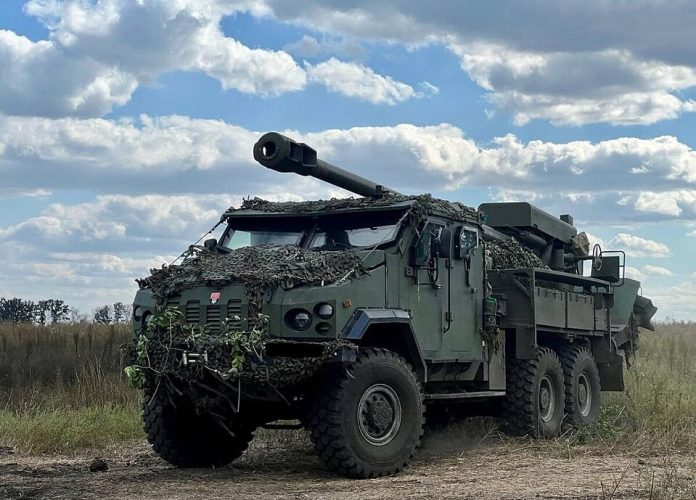
Is it possible for a belligerent country to outdo Europe in the manufacture of advanced artillery? The defense industry of Ukraine has not only answered in the affirmative but gone on to surprise expectations by sharply raising 2S22 Bohdana self-propelled howitzer production. In its continued war effort against Russia, access to modern, domestically produced artillery has become a matter of survival and a testbed for defense industrial strength.
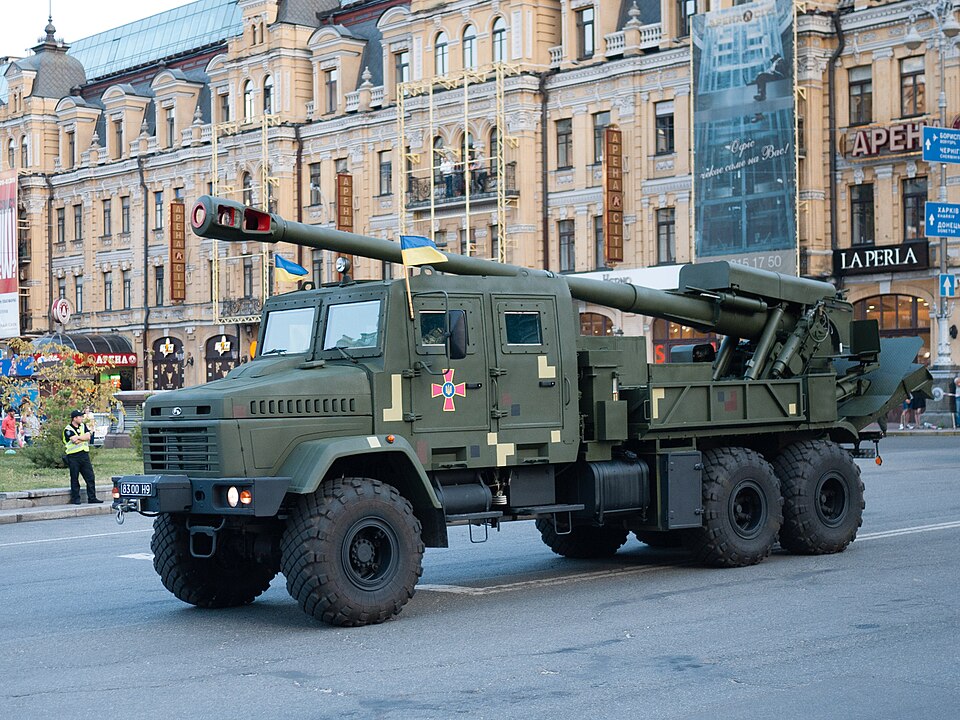
Over the last two years, Ukraine has shifted from a major importer of Western arms to a leading producer of domestic artillery. This change is more than an engineering achievement; it is a strategic turn with international significance. Below, a dive into the technical, financial, and tactical leaps that have made the Bohdana a battlegroup standout and what this will mean for defense procurement experts everywhere.
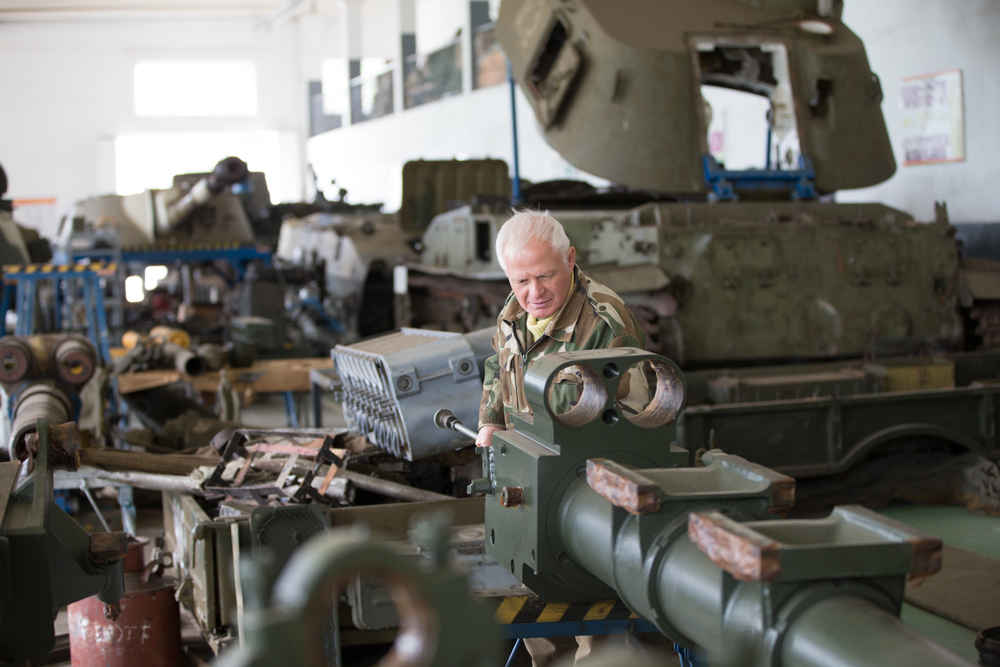
1. Record-Breaking Production Rates Are Breaking the Norm
The Bohdana howitzer production in Ukraine each month has risen from a low of six units toward the end of 2023 to a high of 36 units monthly by mid-2025, according to Army Technology. This represents a huge increase, especially when compared to European counterparts: France’s CAESAR series builds up to eight a month, and Germany’s Panzerhaubitze 2000 manages only five to six yearly.
Ukrainian leaders and industry specialists attribute such a surge to a distributed manufacturing strategy, with crucial components produced at multiple places, some even beyond Ukraine, to prevent the threat of Russian shelling. Because of this, Ukraine now produces all Western nations put together in wheeled self-propelled howitzers, a truth verified by the Ukrainian Defence Procurement Agency and emphasized by world defense think tanks.

2. Cost Efficiency Sets a New Benchmark
In a world where Western howitzers cost more than €6 million each, the Bohdana stands out for its sheer cheapness. Bruegel’s studies put Bohdana at a paltry €2.3–2.8 million per unit less than the French CAESAR’s price tag and a fraction of the price of Germany’s RCH-155 or Panzerhaubitze 2000, which could cost up to €17 million per unit (Bruegel report).
This cost advantage is very real. It enables Ukraine to place more guns in the field for every euro spent, a matter of enormous significance given Ukraine’s now very high rates of attrition and the need for rapid replacement along the front. The Bohdana’s production efficiency is also demonstrated by its extremely high domestic content of over 85% local-sourced components, a target of 95% by the end of 2025.

3. NATO Interoperability and New Firepower
The Bohdana was intended from the start to fire ordinary NATO 155mm ammunition, providing compatibility with Western-provided ammunition. This choice has borne fruit, facilitating smooth integration with allied logistics and making it possible to utilize advanced projectiles, such as extended range and precision-guided ammunition.
Field trials and combat reports confirm the Bohdana’s range: 42 kilometers with regular rounds and 60 kilometers with NATO extended-range rounds. In terms of hardware, as the expert on the weaponry Andrii Kharuk told The Kyiv Independent, “From the hardware perspective – that is the physical artillery itself – it perfectly corresponds to modern Western howitzers with a 155/52 barrel.”
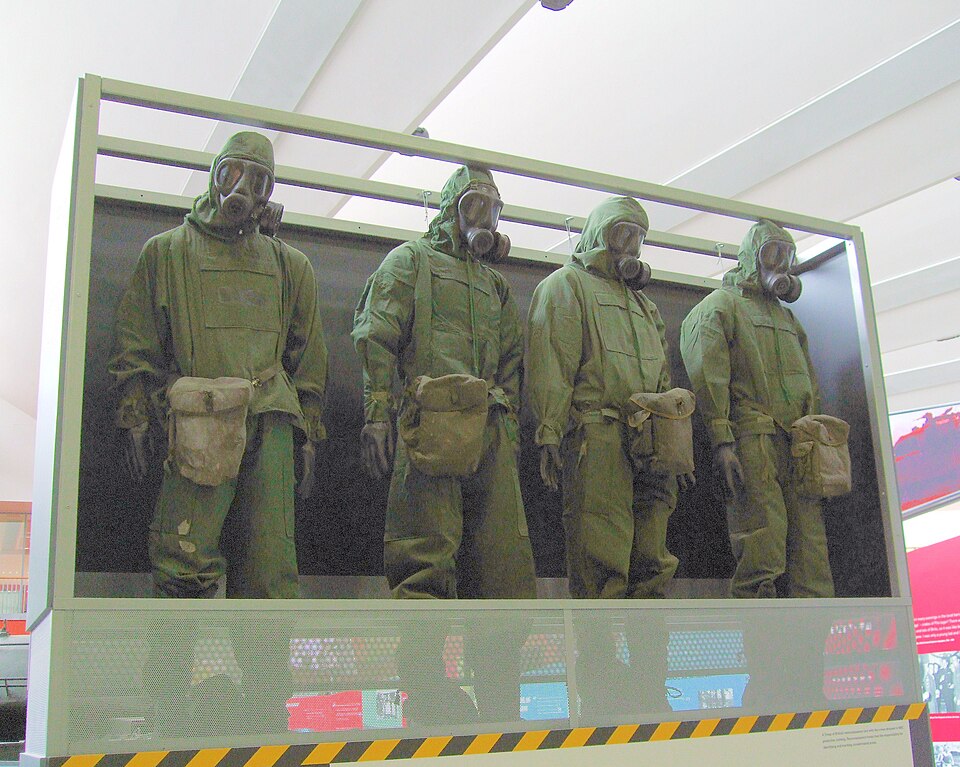
4. Survivability Engineering and Crew Protection
Existing artillery is under constant threat of being attacked by drones, counter-battery fire, and loitering munitions. Bohdana retaliates against such threats with an armor cabin that is strong enough to withstand small arms fire, grenade shrapnel, and even kamikaze drone attacks. The semi-automatic loading capability and heavier plating of the system enhance crew survivability, and the mobility of the vehicle allows for repositioning after firing in a short time.
Recent upgrades have included the installation of a ballistic radar system and enhanced fire control, further boosting accuracy and survivability. The Bohdana “possesses high accuracy, even compared to Western models,” Ukrainian soldiers told BILD.
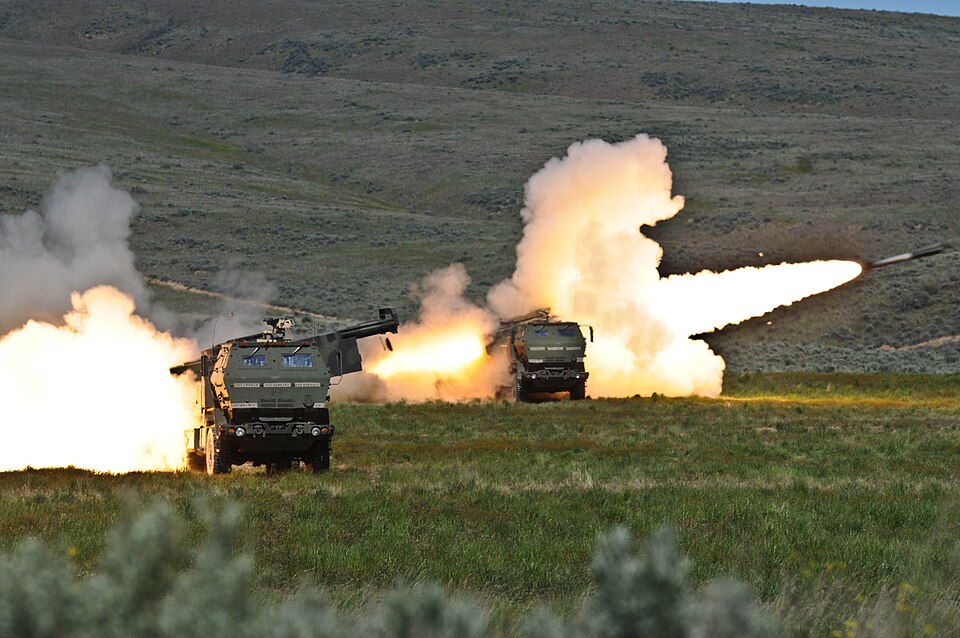
5. The “Shoot and Scoot” Advantage
Ukrainian artillery losses have been steep, with open sources estimating over 700 howitzers lost since 2022. The Bohdana’s truck-mounted wheeled platform enables the extremely effective ‘shoot and scoot’ tactic: fire several rounds under one minute and move prior to counter-battery fire reacting.
This technique has been discovered to be critical in minimizing loss. Defense News cited that systems like the French CAESAR had below 10% loss rates, but others, like towed and tracked ones, had 30%. As the Kyiv Independent described it, “A self-propelled howitzer can drive into position, fire off multiple rounds in under a minute, and be out of range of counterfire before the enemy has had time to organize.”

6. Global Partnerships Power Scale-up
The speeded-up scale-up in Ukraine has been facilitated by new funding structures and global partnerships. Foreign investment finds its way straight into Ukrainian defense production via the so-called “Danish model,” bypassing traditional military aid hurdles. Denmark, Sweden, and the EU have all provided targeted finance, including Denmark’s €40.7 million and the EU’s €400 million frozen Russian assets allocated for Bohdana production.
This money flow, combined with Ukraine’s home-based industrial base, has allowed heightened production as well as ongoing technical advancements. The result is a singular instance of a wartime defense sector not only surviving but thriving under pressure.
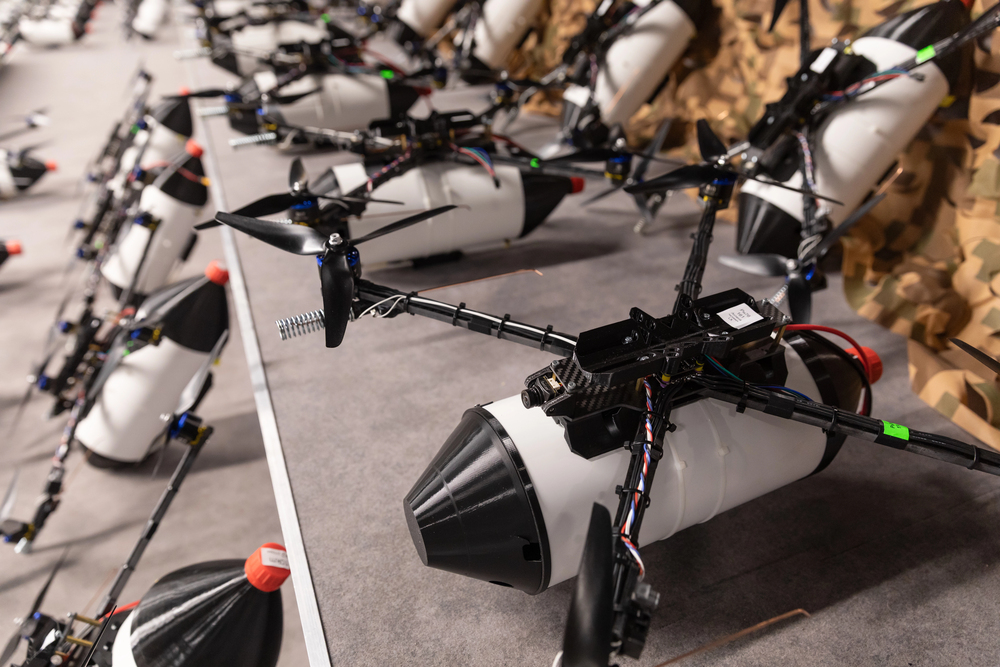
7. Strategic Impact: From Battlefield to Industrial Policy
The Bohdana is less a story of one gun than proof of Ukraine’s broader desire for defense independence. Since 2022, Ukraine has doubled its weapons production at home, entered the drone and ammunition sectors, and set up joint ventures with European and American partners. In President Zelensky’s words, Ukraine wants to be “so strong and effective” that it can deter aggression through “sufficient production of domestic weapons.”
For defense procurement officials, Bohdana’s rise is a compelling case study in how concentrated investment, industrial adaptability, and collaboration with foreign partners can reverse the military muscle of a nation regardless of the odds.

Ukraine’s Bohdana howitzer project demonstrates that where there is a need, there is industrial creativity and external help to make it happen, defying conventional wisdom about defense production. While the world watches Ukraine’s shifting warfront, the Bohdana experience will echo far beyond the Eastern European periphery, reshaping what governments believe they should arm themselves for the wars of tomorrow.
